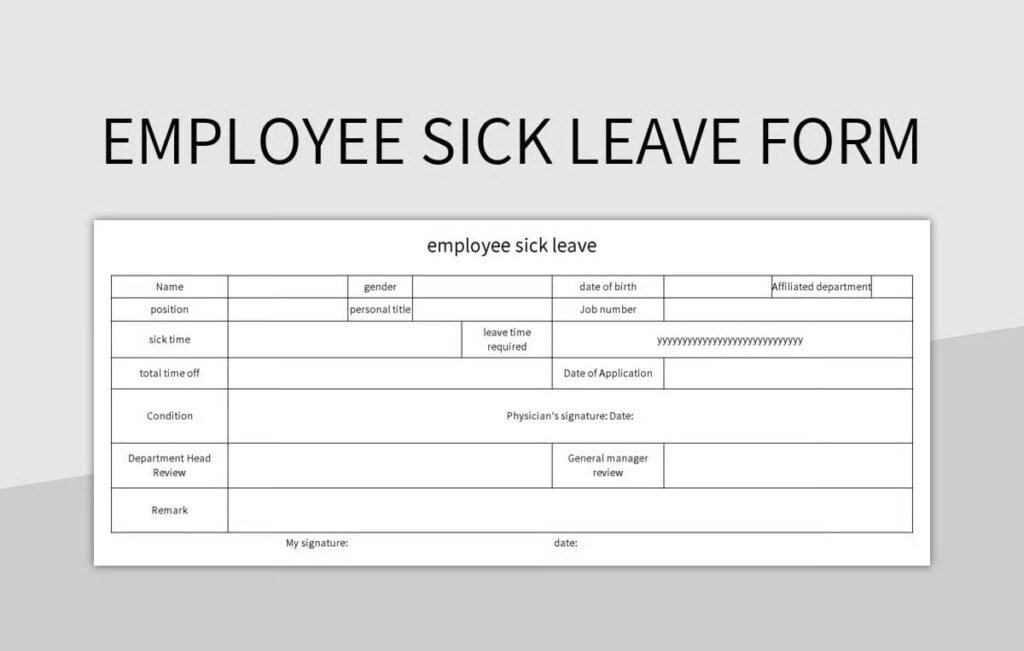Relocating for a new job can be both exciting and overwhelming. While you’re eager to start the next chapter in your career, the logistics of uprooting your life and moving to a new city can feel daunting. From organizing your belongings to securing housing, there’s a lot to consider when transitioning smoothly. Choosing the right support—such as a professional Flyttfirma Lund—can take much of the stress out of the process.
The good news is that with proper planning and smart strategies, you can successfully balance your career move with a stress-free relocation. This guide will walk you through every step of managing a move for work, from preparation to settling in.
Why Relocating for Work Is Unique
Unlike a standard move, switching cities for work often comes with added complexities:
- Time constraints: Job start dates leave little flexibility.
- Financial considerations: Relocation costs, housing deposits, and living adjustments.
- Professional pressure: The need to be prepared and ready to perform at a new workplace quickly.
- Emotional challenges: Leaving familiar routines, friends, and community.
Understanding these challenges helps you create a clear plan of action.
Step 1: Clarify Employer Relocation Benefits
Before making any moving decisions, check if your new employer offers relocation assistance. Many companies provide:
- Moving expense reimbursements.
- Temporary housing allowances.
- Assistance with selling or breaking a lease.
- Connections to trusted movers near me that can streamline the process.
Knowing what’s covered helps you budget effectively and avoid unnecessary costs.
Step 2: Create a Detailed Moving Timeline
With a work-related move, timing is everything. Create a checklist that aligns with your job start date:
- 2–3 months before: Research housing, moving companies, and schools (if applicable).
- 1–2 months before: Start downsizing and packing non-essentials.
- 2–3 weeks before: Confirm housing arrangements and book movers.
- Moving week: Pack essentials, finalize utility transfers, and prepare for departure.
A structured timeline reduces stress and prevents last-minute scrambling.
Step 3: Budget for Your Move
Relocation costs add up quickly, especially if you’re moving long distance. Make sure to include:
- Moving company fees.
- Packing supplies.
- Travel and lodging during the transition.
- Utility deposits and rental fees.
- Meals and miscellaneous expenses.
Choosing an affordable moving company helps you stay within budget without sacrificing quality service.
Step 4: Choose the Right Moving Services
Every move is different. When relocating for work, you may need specialized services:
- Full-service movers who pack, transport, and unpack.
- Storage solutions if your housing isn’t ready right away.
- Corporate relocation experts who understand job-related moving needs.
- Interstate or cross-country movers for long-distance relocations.
Research companies thoroughly, check reviews, and confirm they are licensed and insured before booking.
Step 5: Find Housing Before You Move
One of the biggest stressors in city-to-city relocation is housing. Consider these options:
- Temporary housing: Short-term rentals while you search for permanent housing.
- Employer connections: Some companies help employees find accommodations.
- Neighborhood research: Look for areas with short commutes, safe environments, and amenities you need.
If possible, visit the city before the move to tour apartments or houses in person.
Step 6: Downsize and Organize Belongings
Relocation is the perfect time to reassess what you own. Downsizing helps reduce moving costs and simplifies unpacking. Use these strategies:
- Sort items into Keep, Donate, Sell, and Discard categories.
- Sell unneeded furniture online or through local marketplaces.
- Donate clothing, appliances, or décor to charities.
Less clutter means fewer boxes, less stress, and lower expenses.
Step 7: Prepare for Moving Day
When the big day arrives, preparation is key:
- Pack an essentials bag with work clothes, toiletries, electronics, chargers, and documents.
- Label boxes clearly for easy unpacking.
- Keep important paperwork, like job offer letters or housing contracts, with you.
- Arrange travel plans to arrive before your job start date.
The more organized you are, the smoother the transition will be.
Step 8: Settle Into Your New City
Once you’ve arrived, your focus shifts from moving to adjusting:
- Register utilities: Gas, water, electricity, and internet should be set up quickly.
- Update your address: Notify banks, subscriptions, and government offices.
- Explore your new area: Familiarize yourself with grocery stores, gyms, healthcare providers, and transportation.
- Network locally: Connect with colleagues or attend community events to build new friendships.
Settling in smoothly helps you feel grounded and ready for work.
Step 9: Balance Work and Relocation Stress
Starting a new job is demanding, but managing your energy is crucial:
- Create a simple unpacking schedule—don’t rush to do everything at once.
- Prioritize rest, nutrition, and downtime.
- Lean on your moving company or hired help for heavy tasks.
- Ask friends or family for support during the transition.
A balanced approach prevents burnout and helps you stay productive at work.
Common Mistakes to Avoid When Moving for Work
- Underestimating costs – leads to financial stress later.
- Not confirming housing before moving – can leave you scrambling.
- Choosing the wrong moving company – may cause delays or damage.
- Overpacking – increases moving costs unnecessarily.
- Neglecting emotional health – transition stress can affect job performance.
Final Thoughts
Relocating for work is both a professional and personal milestone. With careful planning, budgeting, and support, you can move smoothly while staying focused on your career goals.
Start by clarifying employer benefits, creating a timeline, and working with a professional Flyttfirma Lund to handle the logistics. By choosing an affordable moving company, you ensure a cost-effective transition without sacrificing quality.
Remember, the move is just the beginning—once you’re settled, you’ll be ready to embrace new opportunities, build connections, and thrive in your new city.




